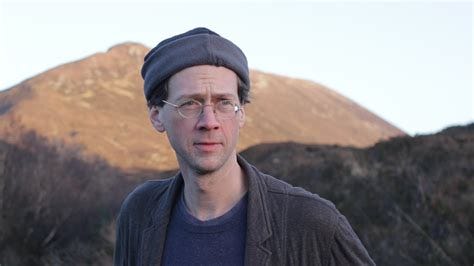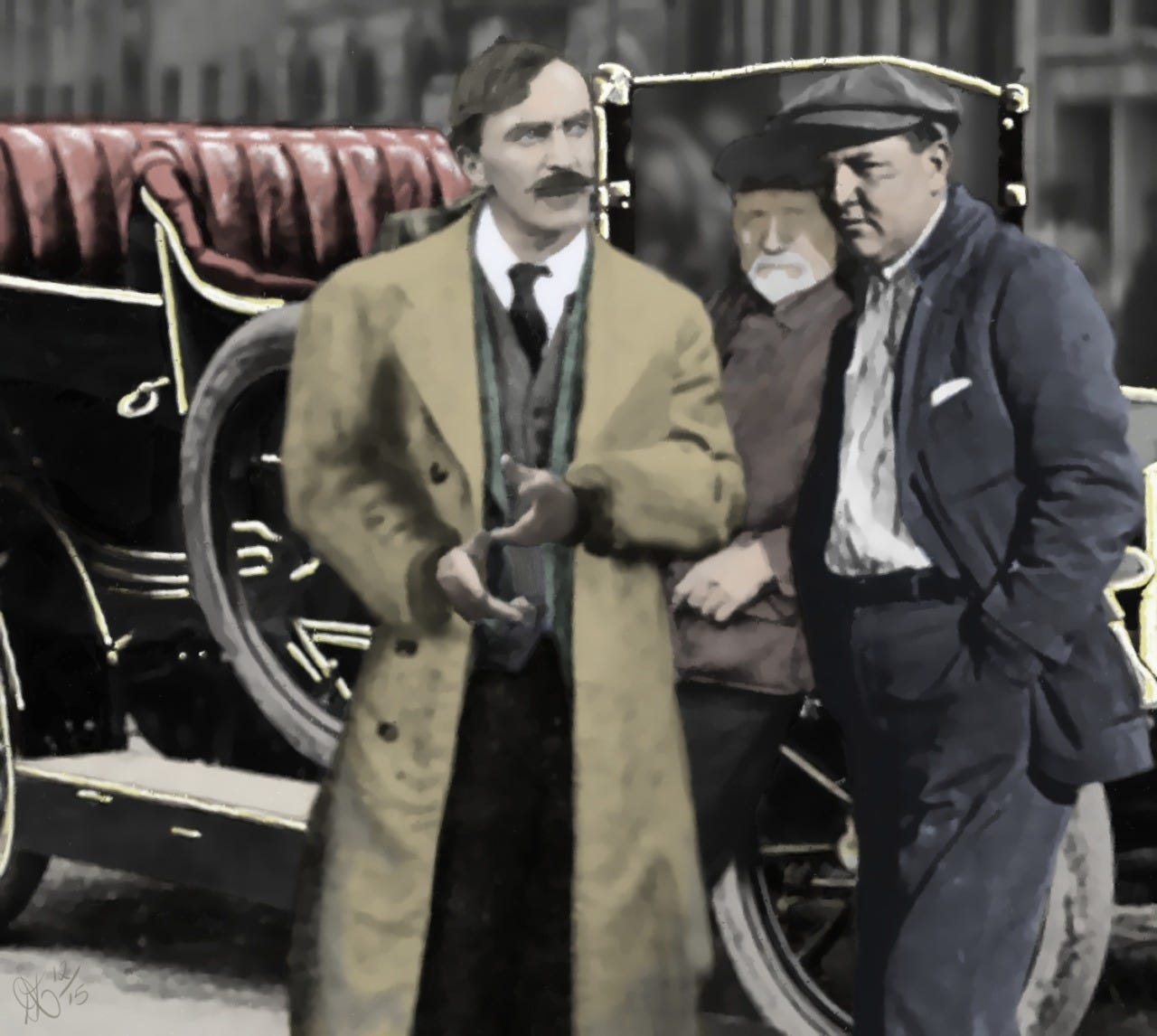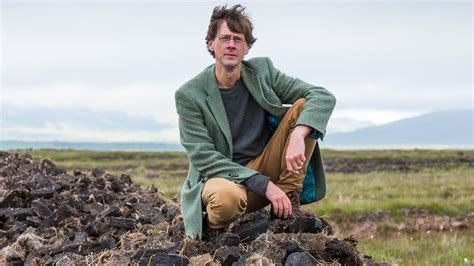The Little Monk slips away...
Manchán Magan RIP
Manchán Magan. Lived in a cowshed in India until his brother told him to cop on. They went on to make Manchán san India (1996) for Teilifís na Gaeilge (now TG4). I always liked Manchán, because of this kind of thing, not only for his wonderful books but because he was a seeker. I lived in mud huts in the Himalaya, in monasteries with no windows and the wind howling down the valley in Spiti Valley on the Indo-Tibetan border. So I understand why he wanted to live in a cowshed, to be a hermit, to talk to angels in those mountains. He was in his essence a monk-yogi. He had a dreaminess from the way he lived between the worlds and how through the richness of his Irish tongue, he found portals, holes and passageways into other worlds and dimensions. He brought the depth and breadth of the Irish language to us here, now on this island in the midst of our disorientation in post moderne Ériu. In 1998, working for TG4, he came to Jampa Ling Buddhist Centre in among the lakes of Cavan, where I lived then. He interviewed us, deftly navigating us through our lines in Irish on a bright, sunny day. He was a delight, of course, and there were great chats around the round table with Panchen Ötrul Rinpoche over vegetable soup and noodles.

Now Manchán, after a decade of books and many documentaries, is on the other side, and is I’m sure chatting away to many beings beyond the veil. What a time to die for this man of the sídhe, in the month of Samhain.
His great-grand-uncle was The O’Rahilly, a founder of the Irish Volunteers and the only 1916 leader to have been killed in action. The O’Rahilly’s life ended alone in a doorway on Moore Street, shot by a British soldier, lingering long enough to write a heart breaking letter to his young wife (recounted to me by his lovely grandaughter Máire Ros O’Rahilly, (Manchán’s godmother and also a cousin of mine by the marriage of my great aunt Elgin Barry to Mac O’Rahilly). Magan is also a close descendent of Aogán Ó Rathaille (born 1670), ‘the last great poet of the Bardic school, an honour that entitled him to wear a cloak of crimson bird feathers.’ So in a way Manchan was a cousin too, given that Elgin Barry married Mac O’Rahilly, son of the man who was shot in 1916. The present day ‘The’ O’Rahilly, Michael– is my father’s first cousin, and I guess my second, who was my dentist as a child. He was the son of Elgin Barry and Mac O’Rahilly. I’d love to have talked to Manchán about all this- these threads in Ireland, and of times in the Himalayas. We are only left to marvel at how he slipped away and left us with so many books to ponder on language, myth and folklore from this island, and how he has rescued the most exquisite pearls of Irish wisdom from national amnesia.
https://www.irishtimes.com/culture/books/the-o-rahilly-by-aodogan-o-rahilly-review-portrait-of-father-as-1916-hero-1.2560019

Manchán spoke of Michael Joseph ‘The’ O’Rahilly and his wife Nancy, how they immersed themselves in language to reshape the story of the nation. ‘They had lost their Irish. But he realised that if they were going to fight for Irish independence, they should reacquaint themselves with Irish culture, specifically the language, so they went to the Blasket Islands with their four sons and first cousins, including Sighle Humphrey [Manchan’s grandmother] .’ They lived in the Blaskets from 1912 to 1915, then built a house in Ventry on the mainland where they lived for several years. However this may not be the case, Manchán’s godmother Máire Ros points out– they spent time there, but not to that point of living there three years.
When Manchán made the 2004 RTÉ documentary The Struggle, with his brother Ruán, ‘we were re-mythologising The O’Rahilly. Manipulating an identity and creating a story. I am a product of all those who went before me in trying to tell a story of our identity, and I’m just the next step.’
Manchán Magan RIP Ar dheis Dé go raibh a anam
As regards chewing the raw flesh, this is possibly an exaggeration by Cormac to denigrate the pagan practice, knowing that people loved their dogs and cats and regarded pigs as unclean. Yet the notion of eating raw meat as a way of entering another world was familiar to the Irish people, as it was a common ploy for fairies to feed you uncooked food as a means of luring you into the Otherworld – just as Eve did with her apple. In an 11th-century poem the mythological hero, Fionn mac Cumhaill, scolds a giant who is trying to get him to eat the uncooked flesh of his own horse, saying: ‘beir lett, a athig, do béad, uair né dúadus biad om riam’, (‘take away, O giant, your food, for I’ve never eaten raw food’). – Manchan Magan, 32 words for Field








Lovely Tribute. May he travel onwards with with grace and ease.
What a lovely tribute. And beautifully written.